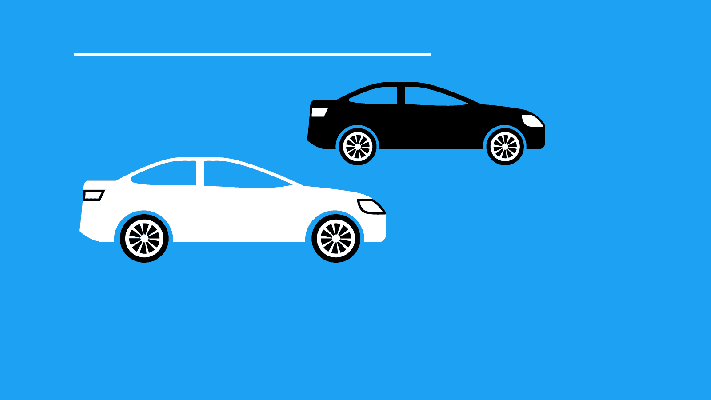Business
Uber doubles down on micromobility


Hello and welcome back to our regular morning look at private companies, public markets and the grey space in between.
Today we’re looking into Uber’s bike bet and what the push could mean for Lime and other micromobility companies working to find a sustainable business model. As profitability comes back into vogue among investors at the expense of growth, both Uber and a cadre of mobility-focused startups are hoping that electric- and pedal-powered transport pay off.
Let’s take a look.
Uber’s bike push
Uber is most famous for its ride-hailing business, and the on-demand car-hire service that Uber was founded upon still generates the bulk of its revenue. In its most recent quarter, for example, Uber’s ride-hailing segment generated $2.86 billion in adjusted net revenue. The next-largest Uber business, its Uber Eats segment, generated a comparatively modest $392 million in adjusted net revenue.
Which brings us to the smaller Uber efforts. Freight, its aptly-named hauling business, brought in $218 million in adjusted net revenue in the same quarter (Q3 2019). And finally, Uber’s “Other Bets” segment was responsible for $38 million in adjusted net revenue. That was the smallest result, but also the fastest-growing, exploding from $3 million in adjusted net revenue in the year-ago quarter.
While Q3 2019 was better for Uber than its preceding periods regarding growth, the company’s slowing expansion and stiff losses (its net loss in the period came to $1.16 billion), have left the global transportation giant hunting for new revenue. And its Other Bets segment, which includes incomes from “dockless e-bikes and e-scooters,” is growing like heck.
This recent news item was therefore not surprising:
“We want to double down on micromobility,” Christian Freese, Jump’s head of EMEA, told CNBC in an interview. “We have seen how beautifully it works with our core business and ride sharing, and want to invest more and deeper, especially in Europe.”
Uber claims adoption of Jump’s bikes and scooters in Europe has outpaced that of the U.S. in the last eight months. It says more than 500,000 Europeans rode the vehicles in the last eight months alone, racking up 5 million trips in total.
The move by Uber makes good sense. The firm needs to grow, it has found a vein of consumer interest to mine, and it has the scale (financial, and in terms of an existing userbase) to pull off the scheme.
Of course, even if Uber quadrupled its Other Bets income (which includes more than just micromobility dollars), the segment would only add up to around 4% of its Rides adjusted net revenue (using the company’s Q3 figure for reference.) Growth, however, is growth, and investors love a story.
Uber is not the only company that wants to make bikes and scooters work at scale. There are a number of startups around the world that have raised rafts of capital to do just that. And they don’t want Uber to win.
Lime’s new thing
-

 Entertainment7 days ago
Entertainment7 days agoWhat’s new to streaming this week? (Jan. 17, 2025)
-

 Entertainment6 days ago
Entertainment6 days agoExplainer: Age-verification bills for porn and social media
-

 Entertainment6 days ago
Entertainment6 days agoIf TikTok is banned in the U.S., this is what it will look like for everyone else
-

 Entertainment5 days ago
Entertainment5 days ago‘Night Call’ review: A bad day on the job makes for a superb action movie
-

 Entertainment5 days ago
Entertainment5 days agoHow ‘Grand Theft Hamlet’ evolved from lockdown escape to Shakespearean success
-

 Entertainment6 days ago
Entertainment6 days ago‘September 5’ review: a blinkered, noncommittal thriller about an Olympic hostage crisis
-

 Entertainment6 days ago
Entertainment6 days ago‘Back in Action’ review: Cameron Diaz and Jamie Foxx team up for Gen X action-comedy
-

 Entertainment6 days ago
Entertainment6 days ago‘One of Them Days’ review: Keke Palmer and SZA are friendship goals

















